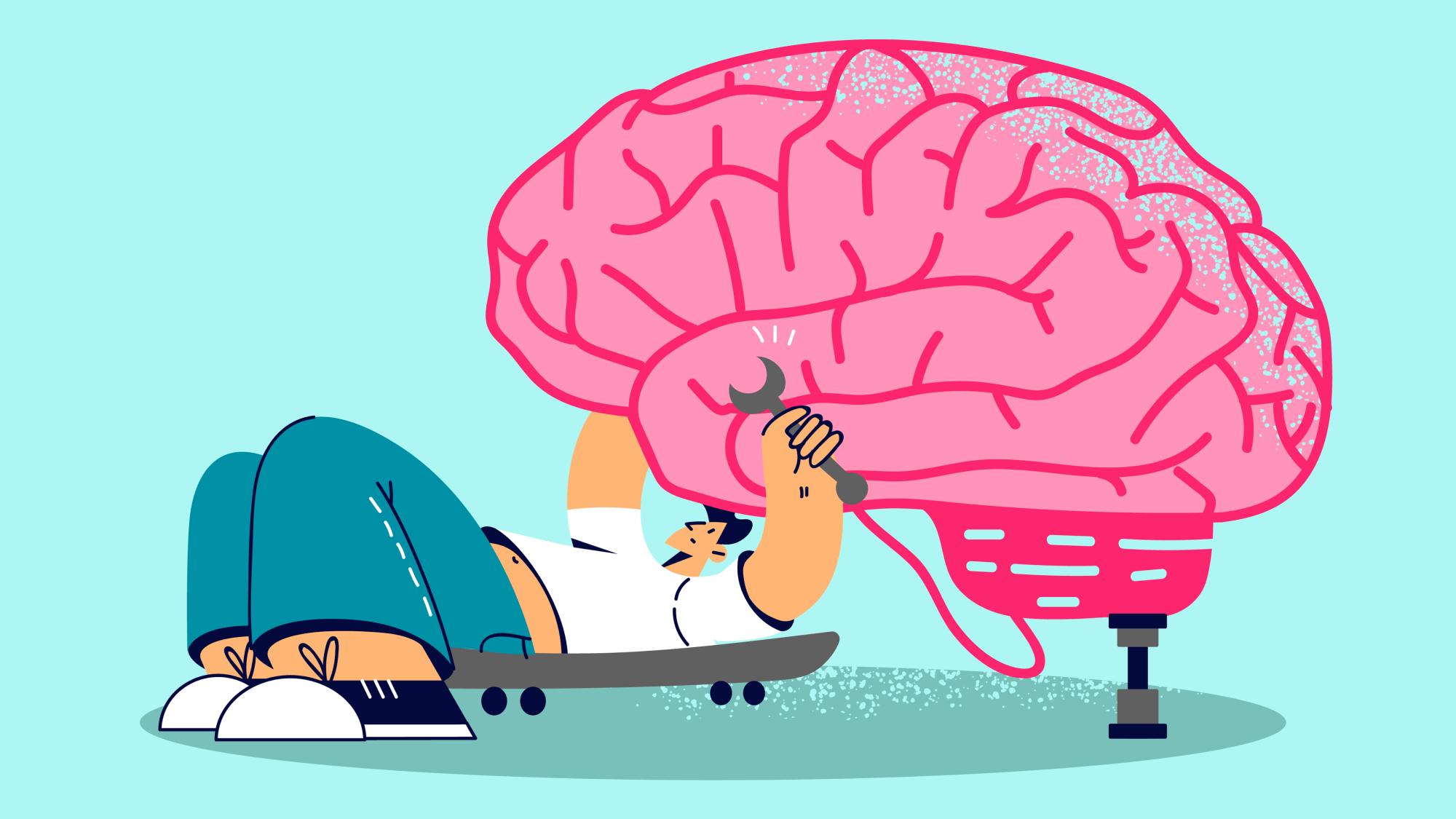The Power of Neuroplasticity: Rewiring Your Brain for Success
Dustin Hoffman May 17, 2024 0
In the vast expanse of neuroscience, few concepts hold as much promise and intrigue as neuroplasticity—the brain’s remarkable ability to reorganize itself and form new neural connections throughout life. In this blog, we embark on a journey into the world of neuroplasticity, exploring its implications for learning, memory, and personal growth. Join us as we uncover the science behind neuroplasticity and discover practical strategies to harness its transformative power.
Understanding Neuroplasticity:
Neuroplasticity, also known as brain plasticity, refers to the brain’s capacity to adapt and change in response to experience, environment, and learning. Contrary to the long-held belief that the brain’s structure is fixed and immutable, neuroplasticity reveals that our brains are dynamic and malleable, capable of remodeling themselves in remarkable ways throughout our lives.
The Science Behind Neuroplasticity:
At the cellular level, neuroplasticity involves a series of complex processes, including synaptic pruning, dendritic branching, and neurogenesis. When we learn new skills, form memories, or recover from brain injury, these processes enable the brain to rewire itself, strengthening connections between neurons and refining neural circuits to optimize function.

Implications for Learning and Memory:
Neuroplasticity has profound implications for learning and memory, offering insights into how we acquire new knowledge and skills. By understanding the principles of neuroplasticity, we can adopt effective learning strategies that capitalize on the brain’s ability to adapt and grow. From spaced repetition and active recall to immersive learning experiences, optimizing neuroplasticity can enhance our capacity to learn and retain information.
Harnessing Neuroplasticity for Personal Growth:
Beyond learning and memory, neuroplasticity holds immense potential for personal growth and development. By intentionally engaging in activities that challenge and stimulate the brain, such as learning a musical instrument, mastering a new language, or practicing mindfulness meditation, we can promote neuroplasticity and cultivate resilience, creativity, and emotional well-being.
Practical Strategies for Rewiring Your Brain:
To leverage the power of neuroplasticity in your own life, consider incorporating the following strategies into your daily routine:
- Lifelong Learning: Cultivate a growth mindset and embrace opportunities for continuous learning and skill development.
- Cognitive Challenges: Challenge your brain with puzzles, games, and activities that require problem-solving and critical thinking.
- Physical Exercise: Engage in regular aerobic exercise, which has been shown to enhance neuroplasticity and cognitive function.
- Mindfulness Practice: Practice mindfulness meditation to promote neural plasticity in regions associated with attention, emotion regulation, and self-awareness.
Conclusion:
In the ever-evolving landscape of neuroscience, neuroplasticity stands as a beacon of hope and possibility, offering a glimpse into the boundless potential of the human brain. By understanding the principles of neuroplasticity and adopting proactive strategies to promote brain health and well-being, we can unlock new pathways to success, resilience, and personal growth. Embrace the power of neuroplasticity, and let your brain become the architect of your destiny.
As we reflect on the implications of neuroplasticity for our lives, it becomes clear that the journey of self-improvement and lifelong learning is not only possible but also deeply ingrained in the fabric of our brains. Each day presents an opportunity to sculpt our neural networks, to shape our thoughts, behaviors, and emotions in ways that align with our aspirations and values.
Moreover, the insights gleaned from neuroplasticity extend far beyond individual growth to encompass broader societal implications. By fostering environments that support cognitive diversity, creativity, and lifelong learning, we can unleash the collective potential of our communities and cultivate a culture of innovation and resilience.
However, it is essential to recognize that neuroplasticity is not a panacea for all challenges. While the brain possesses remarkable adaptive capabilities, it is also susceptible to negative influences, such as chronic stress, trauma, and neurodegenerative diseases. Thus, as we celebrate the marvels of neuroplasticity, we must also prioritize practices that promote brain health and resilience, from nurturing supportive relationships to prioritizing sleep and self-care.
In conclusion, let us embrace the power of neuroplasticity as a catalyst for personal and societal transformation. By harnessing the innate plasticity of our brains and cultivating environments that support cognitive growth and well-being, we can embark on a journey of continuous evolution, unlocking our full potential as individuals and as a global community. Together, let us rewrite the script of human potential, one neural connection at a time.
















